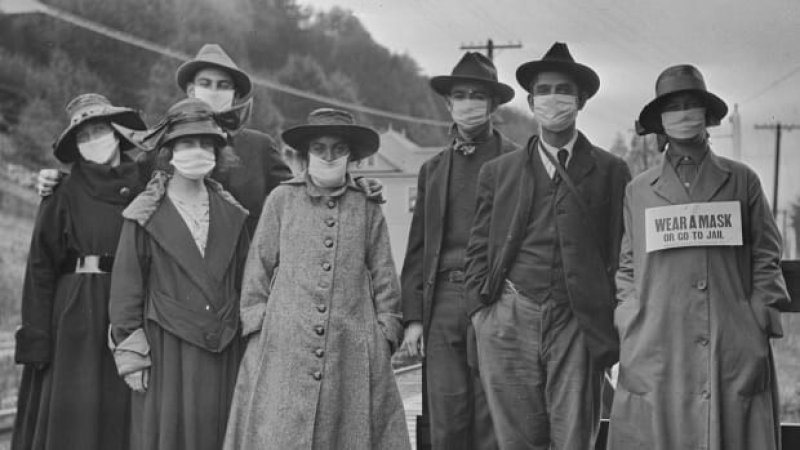In the United States, where [the Spanish flu] ultimately killed around 675,000 people, local governments rolled out initiatives to try to stop its spread. These varied by region, and included closing schools and places of public amusement, enforcing “no-spitting” ordinances, encouraging people to use handkerchiefs or disposable tissues and requiring people to wear masks in public.
…
Yet even though compliance was high, some complained that the masks were uncomfortable, ineffective or bad for business. Officials were caught in public without masks. And after the war ended, and there was no longer a sense that people should wear masks to keep the troops safe, some dissenters even formed an “Anti-Mask League” in San Francisco.
“You read routinely about people not wanting to wear them because they’re hot and stuffy,” says Nancy Bristow, chair of the history department at the University of Puget Sound and author of American Pandemic: The Lost Worlds of the 1918 Influenza Epidemic. “Some people argue against them because they say that they create fear in the public, and that we want to keep people calm; which I think is really an excuse to critique them because someone doesn’t want to wear them.”
…
“Today we can look back and see that they flattened the curve and the communities that did enforce much stricter regulations and for a longer period of time and began earlier had lower death rates,” Bristow says.































